How to properly plant and grow a capricious climbing rose
For vertical gardening of the garden, climbing roses are the best fit. These liana-like plants thrive and produce many dainty flowers. The variety of shades, pleasant smell and duration of flowering of climbing roses arouses the keen interest of gardeners, and they are not stopped by certain difficulties in growing these half-lianas.
Plant features
Climbing rose is a tall climbing plant. Large buds up to 10 cm in diameter gather in large inflorescences and look impressive. The color palette is very diverse: white varieties are bred, pale pink, cream, deep red, there are also flowers with a gradient.
Advice
The capricious climbing rose seems to be created for decorating arches, trellises, walls of buildings, balconies and gazebos. Its branchy shoots entwine any structure.
Three groups of roses are distinguished along the length of the shoots:
- climbing rose - the owner of the longest shoots, from 5 to 15 m;
- climbing - from 3 to 5 m;
- semi-plaited - from 1.5 to 3 m.
The shoots of climbing roses are formed continuously, like the buds. Because of this, the flowering period can stretch up to 170 days. Budding begins in June.
The best varieties for the site
These varieties are considered the most suitable for garden decoration:
- Sympathy. Sprawling bush up to 3 m high. Bright red buds are collected in lush inflorescences. The variety is frost-resistant, grows well, blooms several times per season.
- Santana. Owner of bright red flowers with a double edge. Rich green foliage adds decorative effect to the bush. It blooms several times per season. Plus - resistance to disease and cold.
- Pierre de Ronsard. Roses on this bush are colored unevenly: from the center to the edge, a pink or delicate creamy shade becomes either brighter or lighter. The peculiarity of the bush is the almost complete absence of thorns.
- Rose wrinkled alba It stands out for its corrugated leaves and white flowers with a strong aroma.
Preparation and planting in open ground
The planting stage is extremely important for a climbing rose. The plant is very sensitive to bugs at this stage. If done correctly, the chances of getting lush blooms and dense foliage are much greater. And the first thing to do is to choose the right planting material.
Signs of healthy seedlings:
- the bark is green, without damage;
- there are 2-3 lignified shoots;
- well-developed root system with many thin roots.
How to choose the right landing site:
- There should be enough sunlight to keep the soil warm. However, a little shading will not hurt at midday so that the leaves do not get sunburn.
- Climbing roses love a light breeze, but strong drafts are contraindicated for them. Do not place a bush on the corner of a building.
- The rose grows well over time, so it should not interfere with nearby growing plantings. This is especially true for shelter: climbing beauties need protection from the cold. To cover them, the stems are pressed to the ground. They should not cover nearby plants that do not need shelter.
- The root system of climbing roses grows as well as the aerial part. The best place on the site is a slight rise or slope. This will prevent the groundwater and precipitation from stagnating. Excess moisture negatively affects the condition of the entire plant.
- The soil for roses is selected fertile, fertilized with humus or compost at least 30 cm deep. Looseness and water permeability are an important condition for the normal development of the bush. Roses grow well on loams, heavy soils must be loosened and mixed with sand and peat.
It is customary to plant climbing roses on the site in the fall - in September. So, before the onset of cold weather, the seedling manages to grow small roots and harden in the ground. The spring planting is also successful. Roses are planted on a May day when the soil warms up enough.
Important
In autumn, seedlings are placed in the soil 2-3 cm deeper than in spring, since the risk of freezing is higher.
Stages of planting roses in the ground:
- Seedlings are prepared a day before settling on the site. They need to be soaked in water, immersed as a whole, with the aboveground part. The roots should be cut off, leaving 15-20 cm on each side. Sections are processed with ash. Disinfection with a 3% solution of copper sulfate will not be superfluous. A prepared seedling will grow much better.
- Holes are also dug one day before planting. The depth of the hole should be such that the root system of the seedling is not cramped. The approximate dimensions are 50 by 50 cm.
- A bucket of manure is poured onto the bottom, thoroughly mixed with the ground and watered abundantly.
- It is necessary to maintain a distance between neighboring plants and buildings. Roses in a group are planted at intervals of 0.5-1 m. It is enough to retreat half a meter from other plants. At least 40 cm recede from the support and walls of buildings.
- To arrange the roots of a climbing rose, a small mound is built at the bottom of the planting pit. A seedling is placed on it, the root system is straightened. Do not allow the roots to bend upwards.
- Please note: the root collar should be exactly in the middle of the hole, then it will be deepened by 10 cm.
- Next, the hole is filled with soil by two-thirds and compacted so that no voids remain.
- The pit must be watered abundantly.
- After all the water is absorbed, the hole is covered with earth and additionally earthed.
Important
When choosing a landing site, you need to provide support. The growing shoots will be attached to them.
How to take care of a capricious woman: rules of care, including preparation for winter
All the secrets of successfully growing climbing roses in the garden:
- Caring for climbing roses means, first of all, a competent distribution of moisture. During the growing season, a lot of water will be required, which will be supplied often, but in moderation. With the appearance of buds, the soil is moistened every 10-12 days, if there is no precipitation. During the rainy season, the amount of moisture decreases. 1-2 buckets of water are enough for one plant.
- A couple of days after watering, the soil is loosened to a depth of 5-6 cm. This will provide air flow to the roots.
- To retain moisture, the soil is mulched with sawdust and bark.
- For long-term flowering, the plant will need feeding. The first is produced in the spring. A liquid mineral complex is used. The next feeding is carried out in 2-3 weeks. An organic fertilizer is taken, for example, a mullein solution (1: 5). This measure will provide bright colors for the flowers. Until mid-summer, nutrients are introduced into the soil every 10 days, mineral complexes alternate with nitrogen preparations. The second half of summer falls on phosphorus-potassium fertilizers. This will prepare the plant for a dormant period. It should be remembered that without fertilization, climbing roses develop and bloom much worse.
- The shelter for the winter is built before the onset of frost, since the stems are very sensitive to low temperatures. The first way to protect the shoots is to bend them to the ground and build a greenhouse. The stems should be bent gradually so that they do not break. This can take several days. When the bush is on the ground, it is tied and secured with arcs and pegs. The shelter is formed from spruce branches, agrofibre or dense film. The second way to preserve roses in winter is to cover them directly on the support.The method is used mainly in warm regions. The bush is spud, tied and covered with spruce branches or foil.
Pruning rules
Pruning is an integral part of caring for roses, including climbing roses. Clever removal of parts of the plant will keep it healthy and beautiful. With the onset of spring, all frozen and damaged shoots are removed.
Decorative pruning depends on the type of plant:
- If flowering occurs in one stage, then the basal shoots must be removed, since they will not bloom again. Instead, the bush grows 3 to 10 replacement shoots. The bush should consist of 3-5 annual and 3-5 biennial shoots.
- Repeated flowering shrubs are pruned differently. Buds appear on shoots within 4 years, flowering weakens by 5 years. In the fourth year, shoots must be removed in order for new ones to develop.
Diseases and pests: control measures
The following diseases pose the greatest danger:
- Black spot. Brown spots appear on the stems and leaves of climbing roses. All affected areas must be cut off, capturing adjacent ones, and burned. The rest of the bush is sprayed with Bordeaux liquid.
- Powdery mildew is a fungal disease that occurs due to excess moisture. It can be detected by white spots on the leaves and trunk. The affected parts of the bush are cut and destroyed. The plant is treated with Bordeaux liquid or copper sulfate.
- Pests of climbing roses - aphids and spider mite... Insecticides - "Fitoverm", "Aktar" and others will help to expel insects from the bush.
Advice
Near climbing roses can be planted marigold... These flowers are known for their ability to repel pests.Placement on the site and combination with other plants
Supports for climbing roses can be wooden, plastic, metal, beautiful shape - a lattice, there are no restrictions on this issue. Lushly growing roses entwine any design. The arches at the entrance to the garden look especially beautiful. Placing whips along the fence is another good option. Stone, brick and plastered wall are considered excellent backgrounds.
Advice
To secure the lashes of roses to the support, you need a wire. Shoots cling to the support with thorns, so they fall quite easily under strong winds.Roses are grown not only for vertical gardening, but also as ground cover plants. Better to use semi-twisted varieties with short shoots.
What to plant curly roses with:
- clematis;
- undersized flowers that are in harmony with the shade of the buds. It is better not to plant anything next to yellow and orange varieties so that they do not lose their individuality;
- you can combine several varieties of roses, including spray roses.
The garden, decorated with climbing roses, will be a cozy place to hang out. In the heat, it will be pleasant to sit in the gazebo, densely braided with the branches of this capricious woman. And the preservation of the bush for several years will be a real reason for pride - after all, this is subject only to attentive and experienced gardeners.
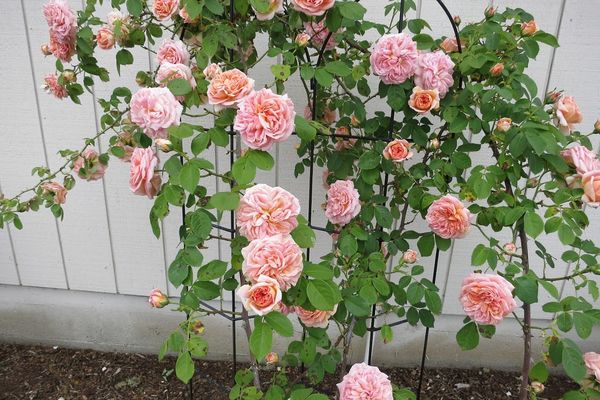
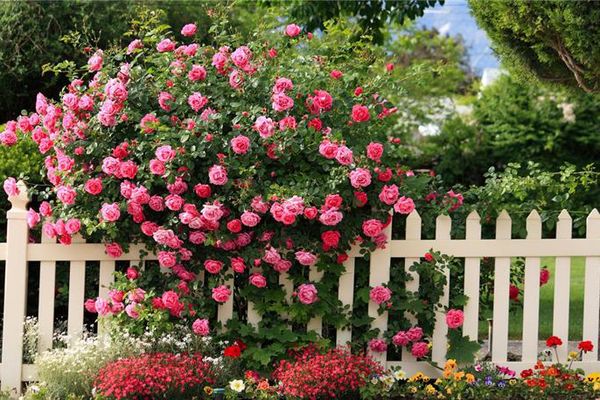


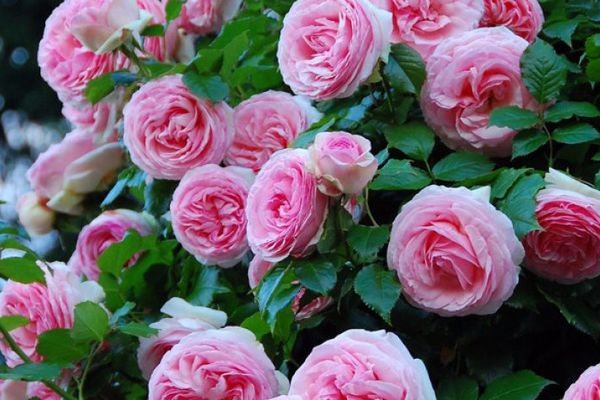
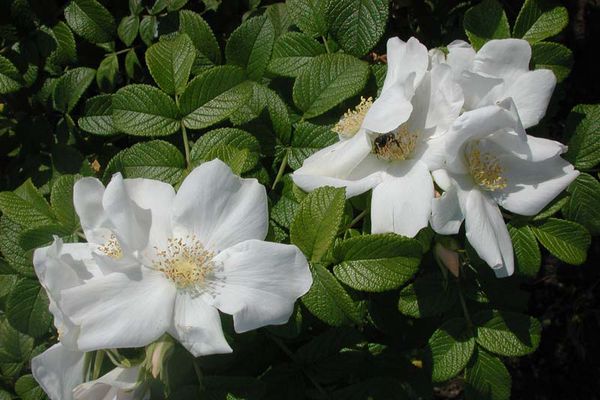
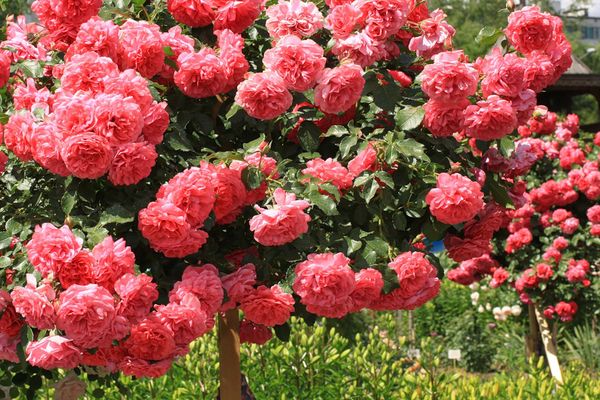
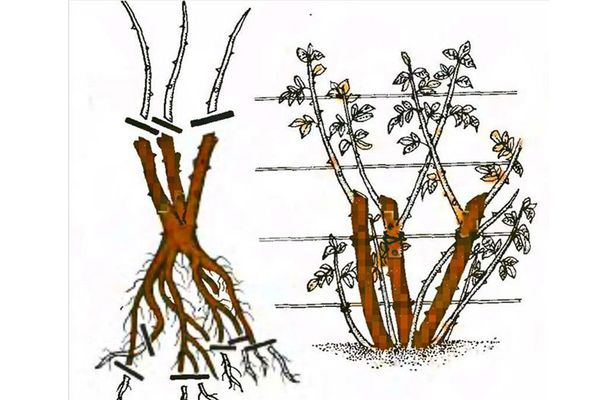
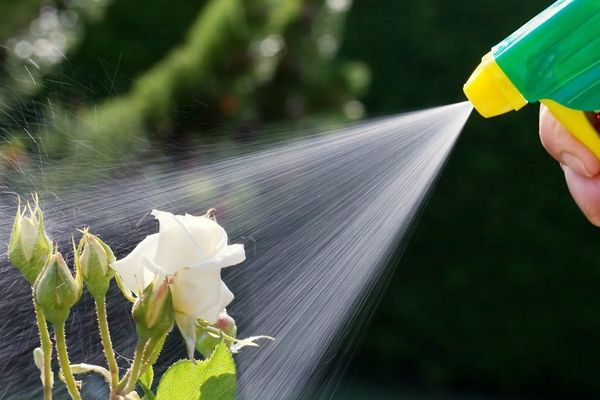
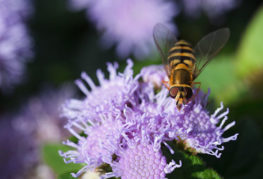

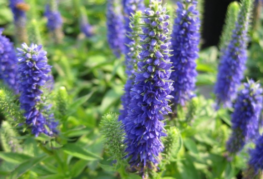
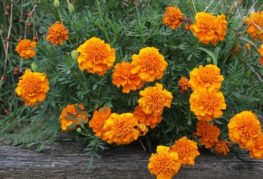
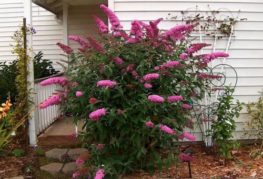

and will be published shortly.